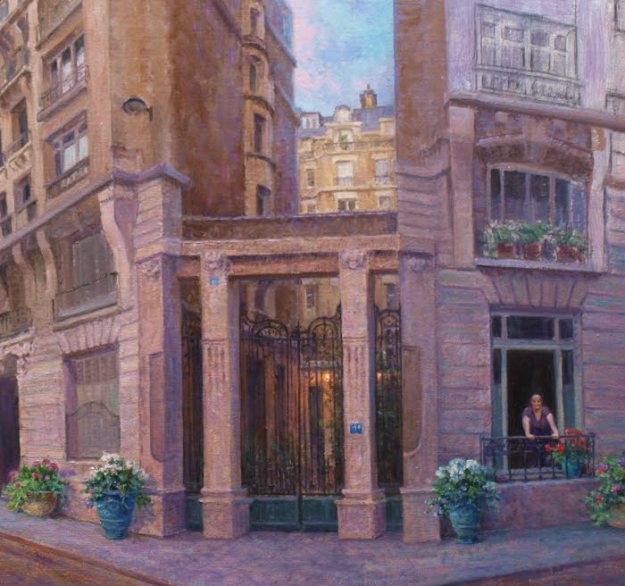Are art auctions helping or hurting the art industry? This question arose after talking to two separate art galleries about reasons for the overall sluggish art market. Both mentioned two factors; the economy (which is a given) and how art auction houses are hurting the galleries and artists. A couple of examples below illustrate their concern and it should concern artists as well.
 If you do an internet search for art auctions, you may be surprised at the results. There are so many of them compared to former days. Auction houses make the news when a deceased artist’s work sells for millions of dollars. Or some new artist has caught the fancy of investors hoping to buy and flip the art for profit.
If you do an internet search for art auctions, you may be surprised at the results. There are so many of them compared to former days. Auction houses make the news when a deceased artist’s work sells for millions of dollars. Or some new artist has caught the fancy of investors hoping to buy and flip the art for profit.
A few short years ago a particular new comer to the arts made the news with his abstract works selling for $100,000.00 and above at auction. Then the buying frenzy cooled and the same work sold two years later for around $20,000, with the buyer taking a significant loss. The trend is growing.
To illustrate the point further, one well known Texas artist whom I admire had a large 40×60 painting in a recent auction. Normally, the retail value would be in the neighborhood of $50,000. This artist is no newcomer to the art scene and as far back as the mid 1970’s his work was consistently selling for $10,000.00 a clip. Many artists could only hope to reach that degree of recognition. Appallingly, this lovely 40×60 painting sold for $4600.00 at auction.
ART AUCTIONS THROWING PRICES OUT OF BALANCE
Prices for an artist’s work can be thrown out of balance in either direction of outlandishly high or low. I’m not saying that art auctions don’t have a place. I put some of my small works up for auction on eBay, but those works were developed primarily just for that purpose. It’s structured so it has no bearing on the value of my main body of works.
When it comes to art auctions offering works by living artists, it appears these venues are not helping with stabilizing an already soft art market but throwing it even more out of whack. It becomes increasingly difficult for artists to keep an established value on their work without unrealistically elevating it or having it crash as if it was nothing more than a commodity on the stock market with the smack of the auctioneers gavel.
RESPECT FOR THE ARTIST PROFESSION
Artists provide a service and through their work bring beauty into the lives of people. In other professions from child day care providers, hair stylists, plumbers, electricians or doctors, people seldom venture to haggle about price. When handed a bill most pay it for the service and skill of the provider and if they’re especially skilled it’s appreciated. Artists also possess skills and some especially so, yet are not shown the same courtesy compared to workers in other professions. Almost immediately when an artist offers a fair price for their work to a customer, even on a brand new painting they are expected to lower the price! After all, they reason that a well known artist with greater credentials sold for a lot less at an art auction!
I treasure one collector who has never once asked for a discount or tried to haggle over a price. Over the years they have bought many paintings and today have one of the largest and best collections of my work anywhere and when they commission a painting I give them my best in return.
So if you really want to help living artists, do this. Buy directly from them, (dead ones don’t need the money) and through their established selling venues such as their own website if offered or through galleries and art shows that they support. In return those artists will more than likely reward you.
So, are art auctions helping or hurting the art industry? What do you think?

























